City-based photographer tells the story of diverse communities along an important urban water body, one frame at a time as part of ongoing series
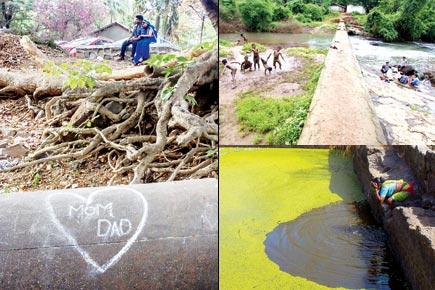
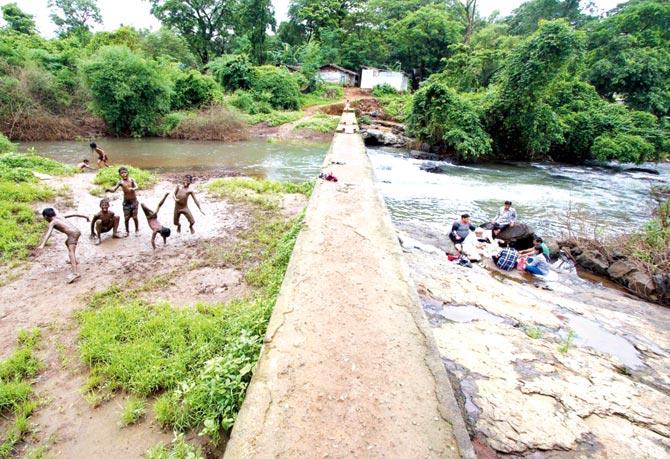
Visitors enjoy a relatively quiet picnic when compared to the carefree joys of children from an adivasi community playing nearby
ADVERTISEMENT
The rivers of Mumbai may not compare to the picturesque beauty of their counterparts in other cities, say London or Amsterdam. The four rivers of the city — Dahisar, Poisar, Oshiwara and Mithi — are known to be the victims of reckless urbanisation and pollution.
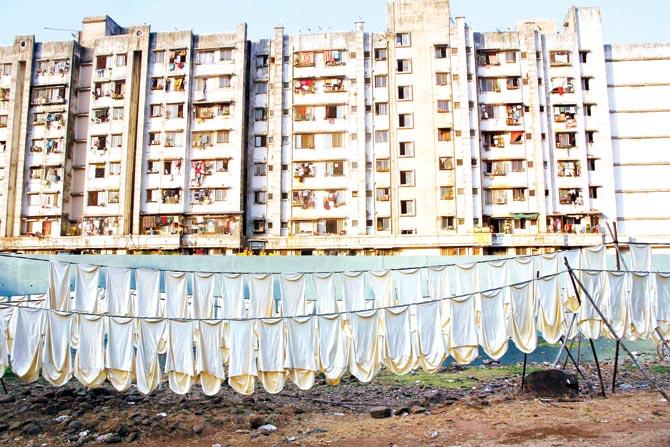
At Krishna Nagar, where the Dahisar river flows out of the SGNP, a dhobi ghat makes full use of the water supply. Pics/Aslam Saiyad
However, documentary photographer Aslam Saiyad wants to change that picture. The Kandivli resident who goes by the Instagram handle Bombay ka Shana, has been documenting the Dahisar river stretch for the past year. Tracing it from its point of origin in the Sanjay Gandhi National Park (SGNP) till it empties out into Manori creek, the photo series was exhibited yesterday at an open school ground by the side of this very river that is Saiyad's muse.
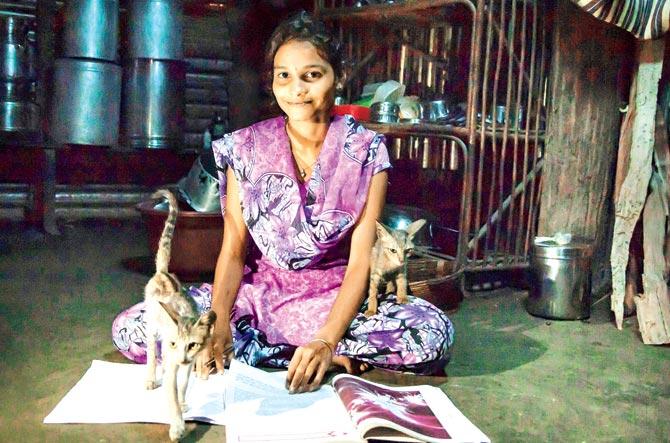
Arti Gotarne, a college student from Chunapada in SGNP fetches water from the Dahisar river every day for her household needs
The series, titled Journeys Along the River Dahisar, comprised 15 colour works and was shown as part of the River Utsav Festival, conducted by a community called Mumbai Olympics 2028, and River March, a citizen initiative to rehabilitate the dying rivers of the city.

Near the summit of the Kanheri Caves, a 2,000-year-old tank meant for water harvesting provides relief to a tribal woman
"My project began after an awareness workshop by River March in 2015. I knew I wanted to do something about the city, and, rather than capture the filth of the rivers, I wanted to show them as places that people interacted with, for daily chores or for leisure," says Saiyad, 39.
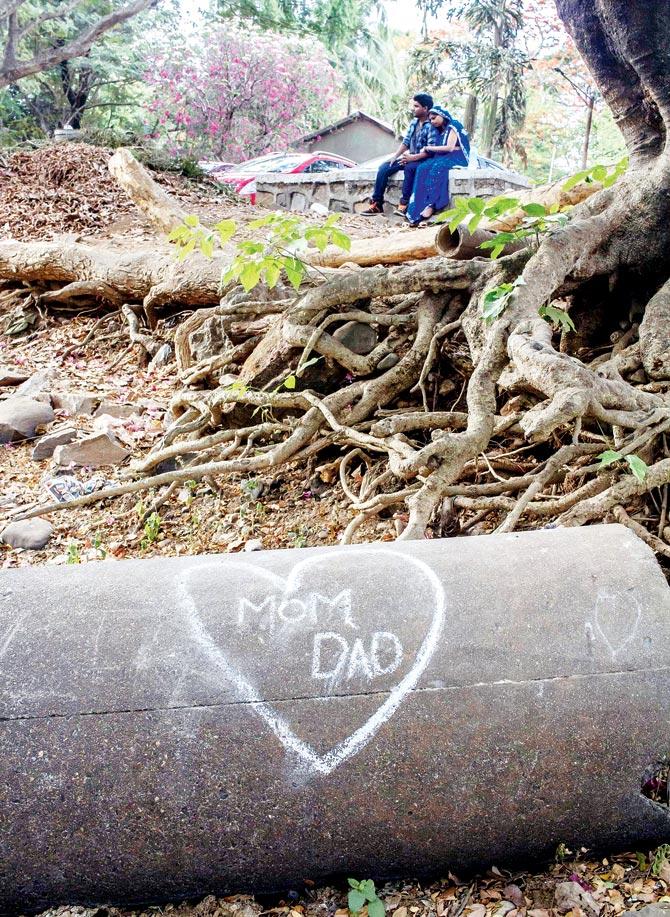
A couple makes the best of a vista by the Dahisar river at the SGNP
A graduate in mechanical engineering, Saiyad teaches photography and is also general manager at an animation school. His ongoing project, titled Mumbai River Project, has been self-funded and guided by photographers Chirodeep Chaudhuri, Padma Shri awardee Sudharak Olwe, Indrajit Khambe and Ritesh Uttamchandani. The Dahisar series is the first of the lot. Saiyad will turn to other rivers soon.
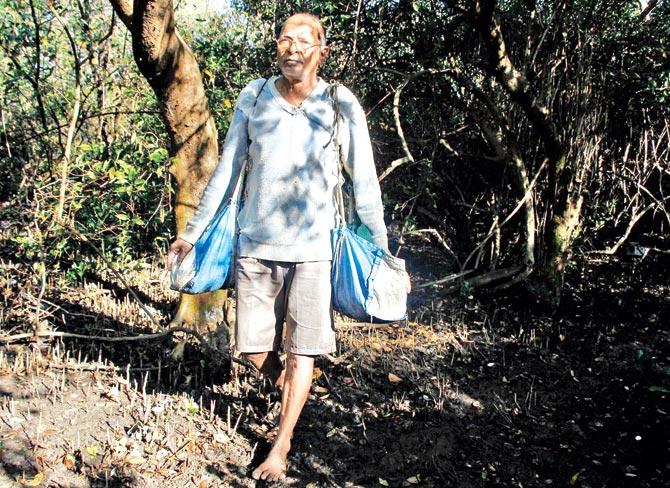
Having docked his boat in the mangroves, fisherman Dattaram Patil, a resident of Dahisar gaothan, returns from a day which has seen a poor catch. It has been so, thanks to pollution and plastic disposal, for the last few years at the Manori Creek, the place through which the Dahisar river meets the Arabian Sea
The Dahisar River has been the subject of much attention thanks to citizen efforts, which have charted communities and industries along its banks, such as the dhobi ghats, tabelas and gaothans.

Aslam Saiyad
"Dahisar is still better off than the rest of the rivers. We all know what has happened to the Mithi," says the photographer, whose works highlight adivasi children playing in the waters and the names connected to the river rehabilitation movement. "Because people have a connect with it, and life surrounds these spaces, I chose to keep the photos in colour," adds Saiyad.
 Subscribe today by clicking the link and stay updated with the latest news!" Click here!
Subscribe today by clicking the link and stay updated with the latest news!" Click here!






